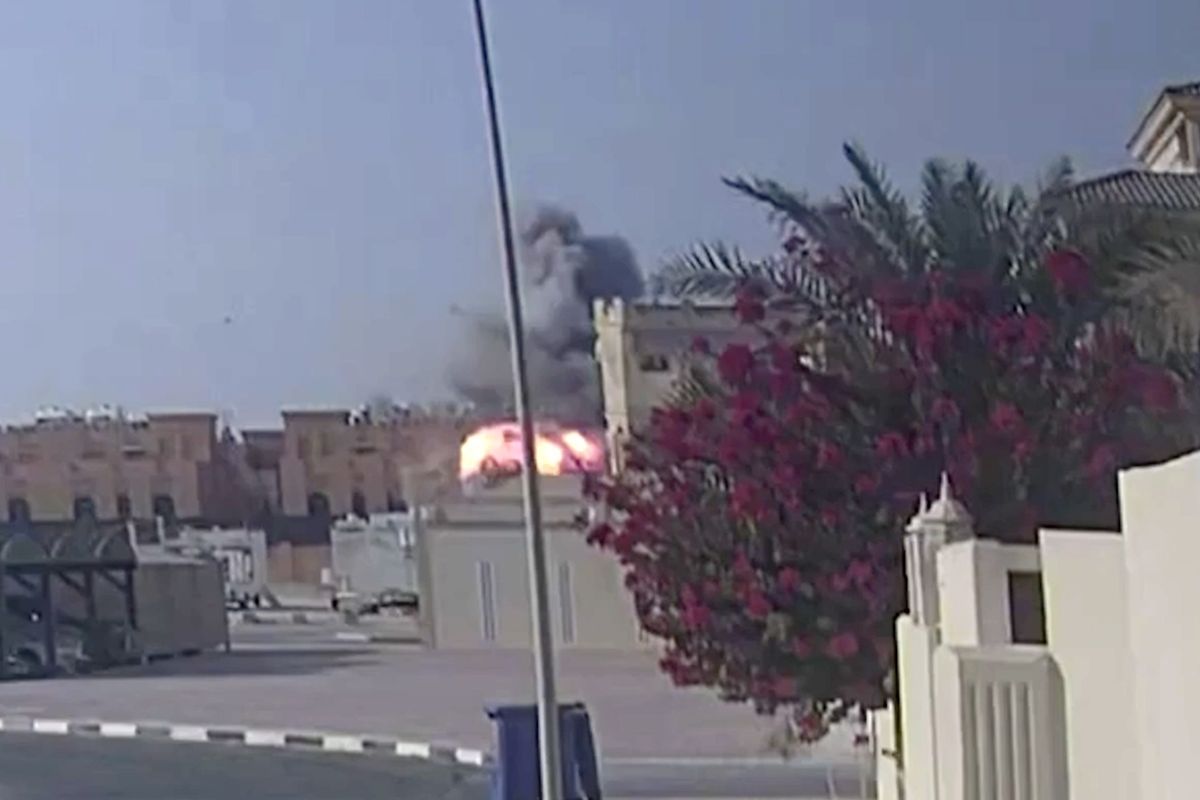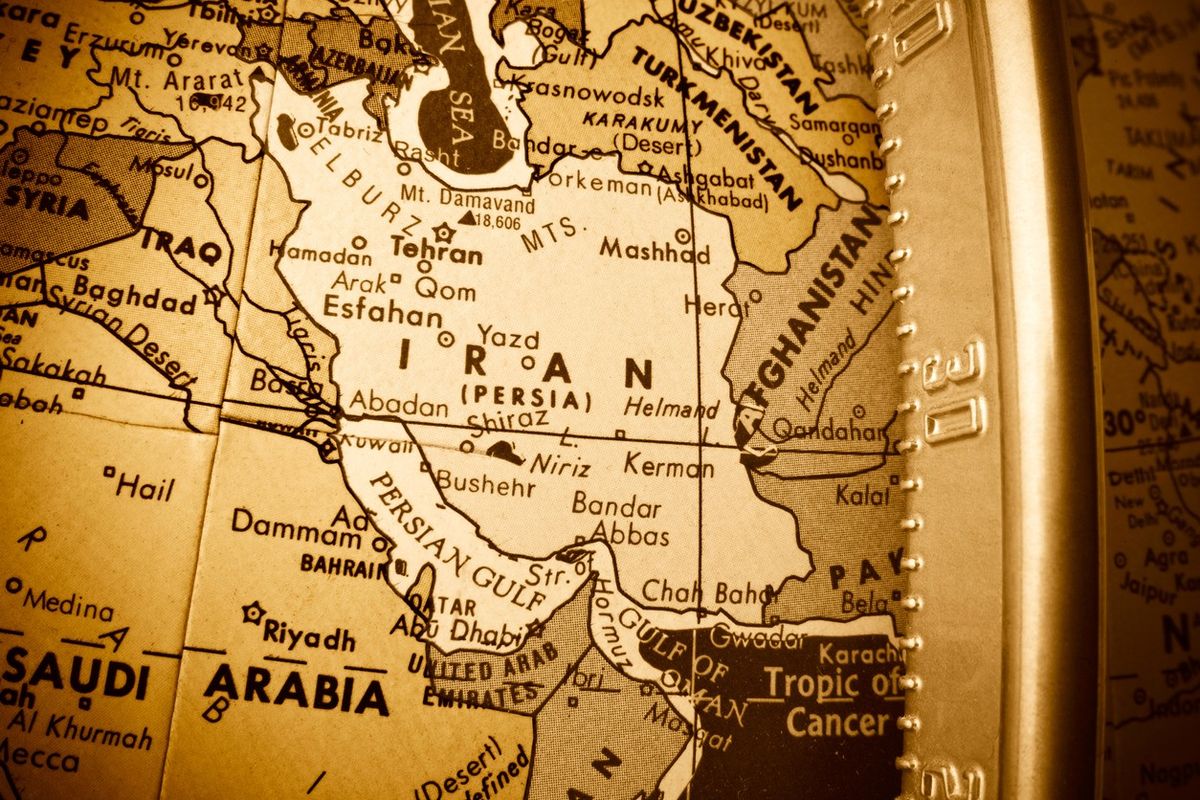After years of failed mediation efforts, the elusiveness of Palestinian unity may have finally come to an end. Throughout the last decade, Palestinian politics have been dominated by two separate governments: the Palestinian Authority (PA) based in the West Bank and Hamas in the Gaza Strip. But under Egypt’s guidance, the two sides signed an agreement on October 12 in Cairo, in which Hamas pledged to dissolve its Gaza government, permit the PA to operate in Gaza, enter into talks with PA President Mahmoud Abbas’ Fatah party, and participate in elections that could eventually lead to the formation of a singular Palestinian government.
Questions over the implementation of the deal still loom large, but the next part of the reconciliation process will commence on Nov. 21 when all Palestinian factions are scheduled to meet in Cairo to begin talks on creating a Palestinian unity government.
“There is great uncertainty with regard to implementation, but the prospects of limited cooperation between Hamas and Fatah is now greater than at any time since Hamas seized control of Gaza in 2007,” said Aaron David Miller, a former advisor to both Republican and Democratic secretaries of state on Arab-Israeli negotiations.
The agreement, which arose out of talks that were launched on the sidelines of last month’s United Nations General Assembly, may open the door for the creation of a cohesive Palestinian government that would oversee all Palestinian territories and serve as a legitimate negotiating partner with the Israeli government in any peace talks moving forward. It may also bring a measure of stability to a Palestinian political establishment that has been plagued by disarray during much of the last decade.
For years, Abbas’ Fatah party dominated Palestinian politics under the leadership of former Palestinian icon Yasser Arafat. In 1993, Arafat and former Israeli Prime Minister Yitzchak Rabin agreed to the Oslo Accords, which laid out the parameters for the Israeli-Palestinian peace process, including what became known as the two-state solution.
However, since Arafat’s death in 2004, the Palestinian people have lacked a central figure with the credibility and authority to speak on their behalf. Mahmoud Abbas stepped in to replace Arafat but has seen his political standing and influence amongst his constituents steadily decline. Hamas, a U.S. designated terrorist organization and an offshoot of the Muslim Brotherhood, seized control of the Gaza Strip in 2007 after violent clashes with the PA, and subsequently established its own government in Gaza, where it has remained the de facto ruler despite various reconciliation attempts.
Since capturing the Gaza Strip, Hamas has also confronted Israel on several occasions. Both the Egyptian and Israeli governments have imposed land and air blockades on the Gaza Strip to prevent Hamas from importing weapons and other materials that could be used to launch military operations. The blockade has also restricted the importation of critical supplies into Gaza, which has contributed to a significant humanitarian crisis there. Additionally, since coming to power in 2014, Egyptian President Abdul Fatah el-Sisi has worked to shut down Hamas’ smuggling network along the Gaza-Rafa border, further isolating the Hamas government and people of Gaza.
As part of the recent agreement, the PA would assume a certain degree of control over the Gaza strip, which may result in the easing of the blockade, relieving a beleaguered Gaza.
Nonetheless, while the agreement represents an important first step towards reconciliation, many of the details have yet to be ironed out.
“Besides the overly-ambitious target dates, the agreement does not offer any guidance as to how each of these issues is to be resolved, making this an ‘agreement to agree’ rather than a substantive reconciliation agreement,” said Ghaith al-Omari, a former PA negotiator who is now a senior fellow at the Washington Institute for Near East Policy.
One of the key issues that has yet to be resolved is what will happen to Hamas’ 25,000 soldier army known as the Qassam Brigades.
“The agreement does not address the Qassam Brigades, which are at the very heart of the split between the PA and Hamas,” al-Omari told The Cipher Brief.
“Abbas has already said he will not accept a Hezbollah model in Gaza, whereby Hamas maintains power using its militia while the PA deals with the mundane, thankless tasks of governing. For its part, Hamas has declared that removing the ‘the weapons of the resistance’ as nonnegotiable,” he said.
And while the PA and Hamas were able to ultimately reach an agreement, the union is still fraught with uncertainty and remains on fragile footing.
“It’s one day away or one incident away – a stupid attack originating out of Gaza and then a heavy handed Israeli response – from it falling apart,” said Rob Richer, Cipher Brief expert and former Associate Deputy Director for Operations at the CIA.
“Overall, this is going to be a politically wasteful effort,” Richer said. “The only benefit might be internally in that it helps the Palestinians become a more unified front – and I say more but not completely united – and it could help alleviate some of the suffering in Gaza.”
Bennett Seftel is deputy director of analysis at The Cipher Brief. Follow him on Twitter @BennettSeftel.











